This guide breaks down the 12 PCI compliance requirements. The Payment Card Industry Data Security Standard is often called the PCI DSS compliance requirements. These rules are crucial for businesses to ensure secure payment transactions and safeguard customer data. The rules we’ll discuss cover everything from creating and keeping a secure network to regularly checking security systems. By understanding and sticking to these rules, you can keep your customers safe and avoid being held responsible if a security issue pops up. Being PCI DSS compliant is a big deal for businesses. It helps prevent data breaches, cuts down on fraud costs, and keeps your customers’ trust.
If you’re running a business that handles credit card data in any form – be it processing, storing, or transmitting, you need to be well-versed with the Payment Card Industry Data Security Standard PCI DSS rules. These are the PCI Security Standards Council’s requirements for any organization dealing with sensitive payment card data. If you don’t, you could face hefty fines or even lose your ability to accept credit and debit card payments. You’ll need to know the PCI DSS Compliance rules to align with them. These rules safeguard your customers’ data from potential threats. So, we’ll help you understand each of these 12 PCI compliance requirements better in this blog post. This way, you can ensure that your customers’ data is well-protected.
What are the 12 PCI Compliance Requirements?
Requirement 1: Install and Maintain Network Security Controls
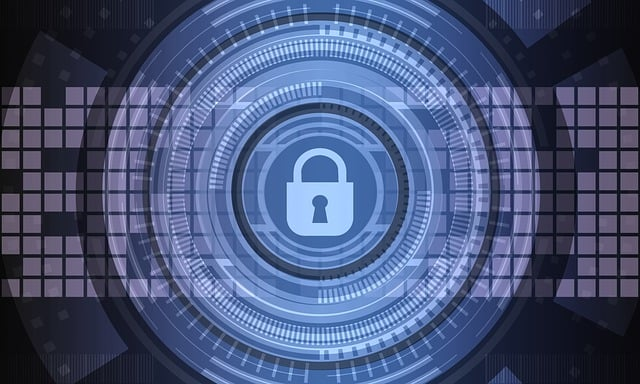
Securing your network is the first step towards meeting the requirements of PCI DSS compliance. This involves setting up firewalls, access controls, web app firewalls, and intrusion detection systems to safeguard sensitive customer data from harmful activities. It’s also crucial to regularly check your infrastructure and update it as needed to stay in line with the latest security standards. It’s important for companies to write down all their security policies and procedures and to keep their systems current by regularly patching any security holes. This helps keep cardholder data safe from threats, both now and in the future.
Requirement 2: Apply Secure Configurations to All System Components
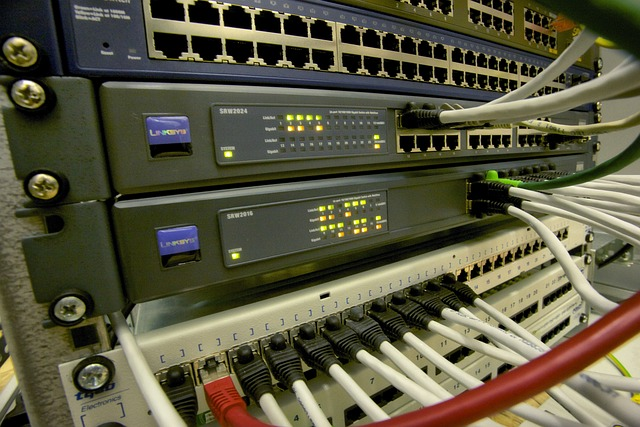
PCI DSS’s second requirement calls for companies to secure all system components. In other words, businesses need to set up and keep secure configurations for every hardware and software part, including firewalls, servers, apps, and other network resources. It’s also important to create vulnerability management programs to quickly spot and fix system weak spots.
Putting secure configurations in place can make sure all systems have solid access control measures. This means strong passwords that often change to prevent unauthorized access to sensitive data, like stored cardholder data. Also, businesses must ensure their systems are up-to-date with the latest security patches to fix any vulnerabilities quickly. It’s worth noting that these measures need to be used across a company’s whole network, even outside of PCI DSS’s scope, to effectively protect against possible threats.
Companies should also consider using automated vulnerability scanning tools to help spot potential system weak spots, configuration mistakes, or cardholder data. These tools can highlight areas where settings or policies might create insecure environments and suggest how to fix these issues before they become serious problems. Companies can maintain PCI DSS compliance by actively applying secure configurations across their systems.
Requirement 3: Protect Stored Account Data
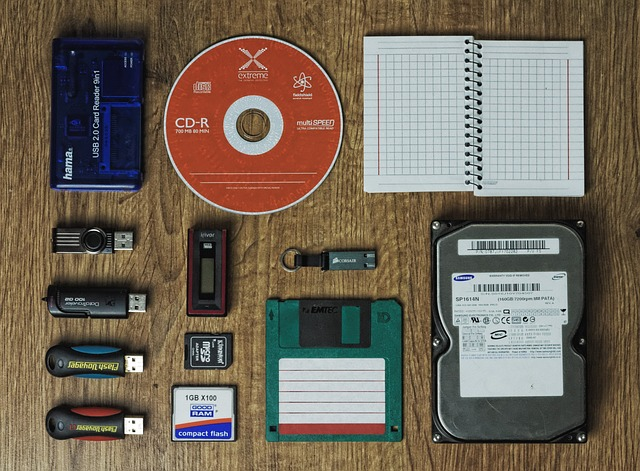
PCI DSS requires companies to keep cardholder data within their networks well protected under the third requirement. This calls for strict access controls and minimum data storage to curb the risk of harmful activities. All sensitive information should be encrypted with commonly used encryption technologies to prevent unauthorized access. Companies should think about using tokenization or direct encryption methods as extra layers of protection for cardholder data. It’s vital for companies to have security systems that can spot any strange activity or attempts to tamper with the stored card data.
In addition to this, companies need to take steps to keep the integrity of the stored account data. This involves regularly watching out for strange activity and reacting quickly when any suspicious activity is noticed. They should also keep an eye on their systems for any changes made to the stored account data, and check that these changes were allowed by the right people to avoid accidental or harmful manipulation of cardholder data.
Companies need to have secure system access controls in place so that only approved personnel can access sensitive customer data. This means setting up authentication measures like two-factor authentication or biometrics to ensure that only people with the correct credentials have system access. Companies also need to make sure they have good logging systems to keep track of user activities and detect any possible system tampering or unauthorized access attempts made by harmful actors.
Requirement 4: Protect Cardholder Data with Strong Cryptography During Transmission Over Open, Public Networks
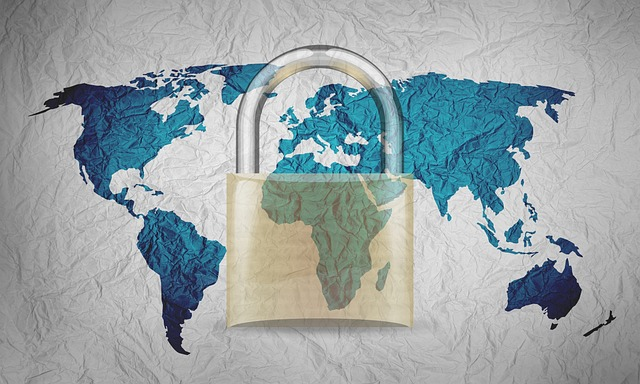
PCI DSS’s requirement 4 mandates that companies guard cardholder data against unpermitted access when sent over public networks. This means businesses need to use robust encryption methods like TLS 1.2 or higher and digital certificates when sending cardholder data across public networks. They should also consider using extra security measures like two-factor authentication or AES-256 encryption algorithms to better protect their customers’ details.
When sending cardholder data across public networks, businesses also have to make sure that sensitive information isn’t stored in an easily readable format. This includes card numbers and any personal details linked to the account holder, such as their name, address, phone number, and email address. Companies should encrypt this data using standard cryptography protocols before sending it. This stops cybercriminals from getting their hands on it, even if they manage to intercept the data mid-transmission.
Companies also need strict access controls when processing transactions over open public networks. These controls include restricting access to trustworthy individuals and keeping an eye on system activity for any suspicious behavior or attempts to mess with customer data. Also, companies need to make sure their systems are always up-to-date with the newest security patches and fixes to lower the risk of a successful attack on their networked systems. By being proactive and sticking to PCI DSS requirements, businesses can shield their customers’ payment card details while letting them enjoy the ease of online payment options.
Requirement 5: Protect All Systems and Networks from Malicious Software
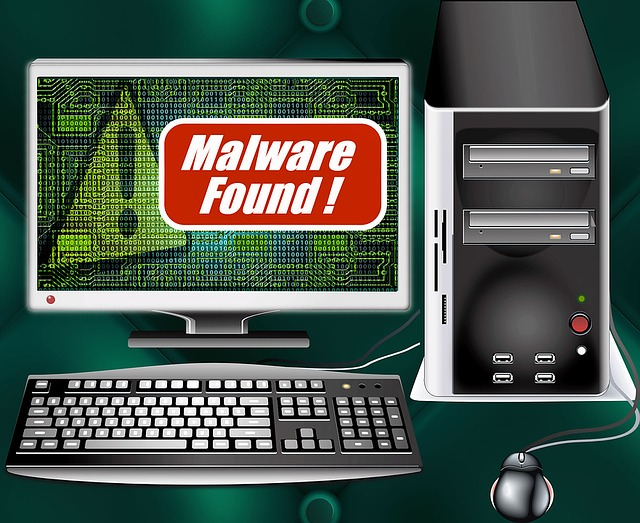
The fifth requirement of PCI DSS states that businesses need to keep their systems and networks safe from nasty software such as viruses, worms, Trojans, and other harmful code. To meet this requirement, companies need a layered security approach. This includes using strong defenses like anti-virus software and firewalls to help fend off harmful software attacks. It’s also vital to keep an eye on their networks for any odd activity or attempted intrusions and routinely scan for any recognized vulnerabilities or weak spots that sneaky actors could take advantage of.
Companies should also provide security training for all employees, so they’re up to speed with recent best practices for spotting and avoiding malware attacks. For example, they should know how to spot phishing emails or suspicious website links, so they don’t accidentally launch harmful code on the company’s systems. Regularly scanning and testing networks for potential threats before they affect the company’s systems is also important.
On top of these active steps, companies should have a solid plan ready in case a successful attack hits their networks or systems. This plan should include steps like disconnecting infected systems from the network to stop further damage, carrying out forensic analysis to find out how the attack happened and which specific files it affected, alerting customers who may have been affected by the attack, and using more security measures like two-factor authentication or encryption methods such as AES-256 for cardholder data transmissions over public networks in the future. By putting these measures into place as part of their PCI DSS compliance program and following best practices for defending against malware threats, companies can help keep their customers safe from identity theft or fraud.
Requirement 6: Develop and Maintain Secure Systems and Software
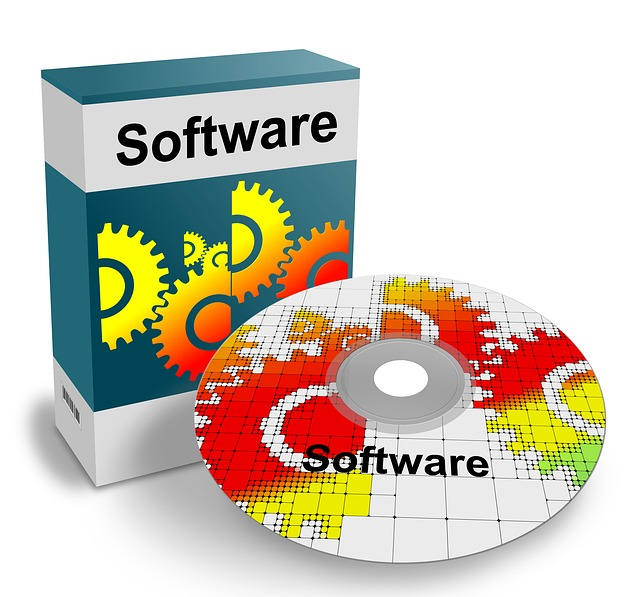
The sixth requirement of PCI DSS compliance demands that businesses create, manage, and keep an eye on secure systems to protect payment card data and software. This means they need to ensure their IT setup is built with safety as a key factor from the start. Along with this, businesses should use approved codes to send sensitive cardholder details over public networks. They also need to keep their systems updated by fixing any known weak spots, so they don’t become targets for hackers.
Organizations must also keep a record of system changes and have a system ready to check and confirm any updates before they’re implemented. Regular scans and tests of their systems must be done to find any vulnerabilities and sort out information security, or any harmful activities that could risk the organization’s data and customers. Lastly, businesses should consider using extra safety measures like two-factor verification or encryption methods like AES-256 when sending credit card details over public networks. Following these steps as part of their PCI DSS compliance plan and sticking to best practices for secure systems and software development, organizations can help keep their customers safe from identity theft or fraud.
Requirement 7: Restrict Access to System Components and Cardholder Data by Business Need to Know

The seventh requirement of PCI DSS compliance order is for organizations to limit access to secure environments. These environments include those that hold or transmit cardholder data. Access should be given only to those who need it for their work. This means organizations should adopt a “least privilege” approach. Access to cardholder data should be restricted to the necessary systems or components a person needs for their job. It’s also important to frequently review the access control system to check user access control lists (ACLs). This ensures each user only has the privileges they need for their roles.
Besides managing user privileges, organizations should keep an eye on employee activities to spot any suspicious activity or unauthorized access attempts. This can be done using an intrusion detection system (IDS). It monitors network traffic for any unusual patterns or signs of malicious activity and sends out alerts if it finds anything suspicious. Regular audits of these activities and other security parameters can help identify potential security weaknesses or unauthorized access attempts.
Additional measures should also be taken to safeguard cardholder data. For instance, all credit card data transmissions over public networks should be encrypted. Multi-factor authentication should be used for accessing computers and carrying out other sensitive activities. Lastly, regular employee training on security best practices is crucial. This includes teaching employees to identify phishing emails or suspicious website links, so they don’t unintentionally run malicious code on the network. By putting these measures into practice as part of their PCI DSS compliance program and following best practices for secure systems and software development, organizations can help protect their customers from becoming victims of identity theft or fraud.
Requirement 8: Identify Users and Authenticate Access to System Components
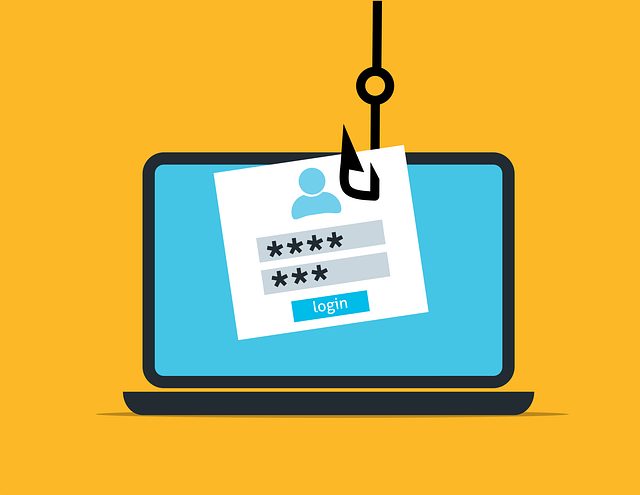
Requirement 8 of the PCI DSS requires companies to confirm the identity of users and authenticate access to their system parts. This means that businesses need to know who’s accessing their systems and what access they get once they log in.
Companies should make unique user accounts for each person who needs access to their systems. Then, they should give them the right access based on their job. This makes sure that employees only get into the specific systems or parts they need to do their jobs. This lowers any chances of unauthorized use or messing around with sensitive data. Companies should also put expiry dates on all user accounts and routinely check them to ensure they’re still active and align with the current security policies.
Besides making user accounts with the right access, companies should also put in place ways to check the identity of users, like multi-factor authentication (2FA) or biometric authentication (things like fingerprint scanners, facial recognition tech, etc.). This happens before they’re given access to system parts. Companies can also use other security steps like password complexity rules, single sign-on (SSO) solutions, or hardware token-based authentication. This helps to guard credit card data and network resources against unauthorized access tries by bad actors.
Requirement 9: Restrict Physical Access to Cardholder Data

The ninth requirement of PCI DSS compliance is to limit physical access to cardholder data. This means companies need to put measures in place to keep unauthorized people from getting into their systems and data. Things like CCTV monitoring, authentication devices, and locks can help keep unauthorized access at bay. They also let companies keep an eye on who’s coming into their facilities and networks.
Companies also need to make sure all hardware parts are kept safe and monitored. To add more protection against outside threats, companies must provide secure storage off-site for backups or archives with sensitive customer info. Companies should use strong encryption algorithms to encrypt these backup files for added security and only allow a few people to access them.
When moving cardholder data off-site, best practices should be followed. Encrypted media like USB drives or secure cloud services should be used. Lastly, companies should regularly check their physical security controls to ensure they’re working as expected and their infrastructure isn’t vulnerable. External penetration tests or on-site audits can be used to find areas where more security might be needed or where current security can be improved.
By putting strong physical security controls in place and regularly checking them for possible weak spots, companies can do their part to keep their customer’s sensitive financial info safe.rchives that contain sensitive customer information. Organizations should encrypt these backup files with strong encryption algorithms for an extra layer of security and limit the number of personnel who have access to them. Companies should also follow best practices for transporting cardholder data off-site using encrypted media such as USB drives or secure cloud services. Finally, organizations should regularly audit their physical security controls to ensure they are operating properly and that their infrastructure has no potential weaknesses. Companies can use external penetration testing or on-site audits to identify areas where additional security measures may be needed or existing ones can be improved. By implementing robust physical security controls and regularly auditing them for potential vulnerabilities, organizations can help ensure the safety of their customer’s sensitive financial information.
Requirement 10: Log and Monitor All Access to System Components and Cardholder Data

PCI DSS requirement 10 says all businesses must monitor and record any access to system parts and cardholder data. This means companies have to keep thorough records of who’s been in their systems, when it happened, and what they did. Regular checks of these logs for any odd activity or unauthorized access to cardholder data is also needed.
To meet this requirement, businesses should adopt intrusion detection systems (IDS) or log management tools. These can automatically collect, verify, and store details about user activity. Companies should also set up alerts for possible security incidents like failed login attempts, data tampering, or unauthorized file access. A solid logging policy that explains what user activities should be logged and how often security personnel should review these logs is also necessary.
By closely monitoring user activities through detailed logging, businesses can quickly identify any odd activity before it escalates into a serious problem. Also, accurate audit trails can make incident investigations more effective by offering crucial evidence like originating IP addresses or the exact times of malicious access attempts. Strong logging practices are crucial to maintaining PCI DSS compliance as they help protect payment card data from unauthorized use or changes.
Requirement 11: Test Security of Systems and Networks Regularly
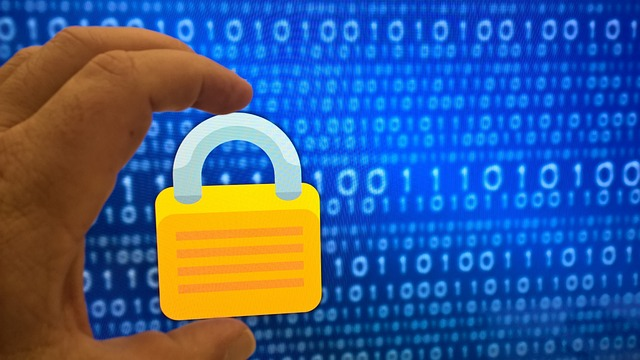
The PCI DSS requirement 11 calls for regular security tests on systems and networks. This means companies need to check their security measures now and then to ensure they’re keeping card data safe from threats or malicious activity. They can use tools like vulnerability scans, approved scanning vendors, vulnerability management programs, internal security assessors, qualified security assessors, or penetration tests to spot any possible security weak points in their structure. They should also manually review their system settings to find any potential issues that could let attackers in unauthorized.
Companies need to run these tests often to keep pace with the latest dangers and vulnerabilities. They should also revise their security rules when new threats come up, so they can tweak their defensive tactics as needed. Plus, companies should have a plan ready for responding to incidents, outlining the steps to take if a breach happens and how to let customers know about it promptly.
Regularly testing security systems and networks is crucial for keeping PCI DSS compliance, as it helps ensure card data stays safe from threats or harmful actors. By consistently checking their systems for security using automated tools and manual reviews, companies can stay in line with industry standards and keep sensitive info out of the reach of unauthorized access attempts.
Requirement 12: Support Information Security with Organizational Policies and Programs
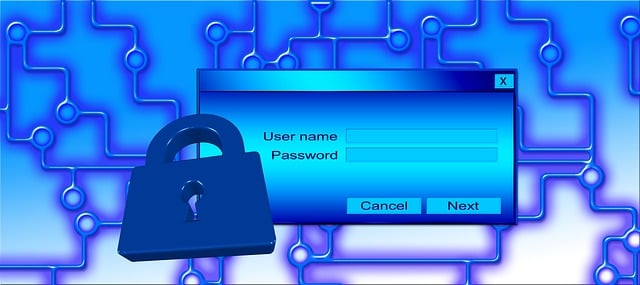
The 12th requirement of PCI DSS is all about backing up your organization’s information security with solid policies and programs. This means you’ve got to set up strong policies and procedures that clearly lay out your security measures. You also need an active program to make sure you’re sticking to these policies and continually meeting the PCI Security Standards Council’s requirements.
You’ll want to craft comprehensive security policies explaining how to protect sensitive data from unauthorized access or meddling. Your policies should cover everything from how you authenticate users, to your encryption methods, incident response plans, and logging systems. And remember, as new threats pop up, you’ll need to update these policies to stay ahead of the game.
On top of this, it’s important to have a program that keeps your team in the loop about these security measures and checks that they’re following them. One way to do this is through regular employee training sessions on topics like keeping payment card industry data safe and protecting personal information. It’s also a good idea to regularly check your security system’s setup to spot any weak points or configuration errors that could lead to security issues.
PCI DSS Compliance in a Nutshell
maintaining PCI DSS compliance is crucial for businesses that handle credit card transactions. The 12 PCI compliance requirements set forth by the PCI Security Standards Council help ensure secure payment transactions and protect cardholder data, providing peace of mind for both the merchant and the customer.
At ZZServers, we understand that the process of becoming PCI compliant can seem overwhelming. But don’t worry, we are here to help. Our team of experts can guide you through the complexities of PCI DSS compliance, from understanding the requirements of PCI DSS compliance to completing the Self-Assessment Questionnaire (SAQ) and submitting the Attestation of Compliance.
As a service provider, we offer a suite of solutions designed to help businesses meet the requirements of PCI DSS v4.0. We can help install and maintain network security controls, protect your stored credit card information, and implement vulnerability management programs. This not only aids in meeting the core PCI DSS requirements but also helps reduce your compliance costs and protect your business from cyber threats.
Moreover, we ensure that you stay updated with new requirements and changes in compliance levels according to PCI DSS guidelines. Already PCI compliant? We can help you maintain PCI compliance and validate compliance levels with periodic audits and reports.
There’s no doubt that achieving PCI compliance requires a dedication to security. But the benefits of compliance are immense. It helps prevent data breaches, reduces fraud costs, and maintains customer trust.
So why wait? Contact us today to learn how ZZServers can assist you in complying with PCI DSS, ensuring secure credit card transactions, and protecting your valuable customer data. Let us help you navigate the PCI standard and meet PCI DSS 4.0 requirements seamlessly.



